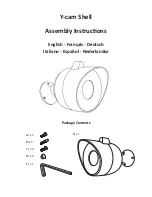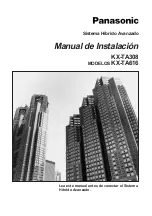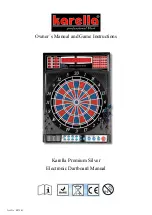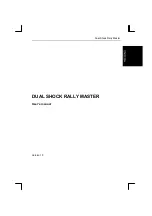
Faults
7
Maintenance
WARNING
Risk of injury and poisoning due to hazardous media and
improper operating procedure!
Use personal protective equipment when carrying out any
work on the device.
Disconnect the power supply and secure it against being
switched back on again.
Block the infeed of media to the vessel / the device.
Depressurize the vessel / the device and allow it to cool
down.
Safely collect the media and dispose of it in accordance
with environmental regulations.
7.1
Servicing
Interval
Action
As
necessary
Clean device with a damp cloth.
If deposits
occur
Clean the probe rods. Ensure that the
materials are resistant to the cleaning
agents (→ resistance list).
Six-mont-
hly
Perform a visual and functional check:
•
Normal operating conditions unchanged
•
No leaks
Tab. 3
Servicing activities
Perform maintenance tasks according to the table.
7.2
Maintenance
7.2.1
Removing the device
System is empty.
System has been flushed.
System is depressurized.
System has cooled down.
System must be secured against being switched back on
again.
1. Disconnect the supply cable.
2. Take the device out of the vessel.
3. Decontaminate device if required.
7.2.2
Replacement parts and return
1. Have the following information ready to hand when order-
ing spare parts (→ Type plate).
–
Device type
–
ID number
–
Nominal pressure and diameter
–
Body and seal material
2. Please complete and enclose the document of compliance
for returns
(→
www.stuebbe.com/en/service/download
).
3. Use only spare parts from STÜBBE.
8
Faults
WARNING
Risk of injury and poisoning due to hazardous media liq-
uids!
Use personal protective equipment when carrying out any
work on the device.
Fault
Possible
cause
Corrective action
Deposits on the
probe rods
Clean the probe
rods. Ensure that the
materials are resistant
to the cleaning agents
(→ resistance list).
No supply
voltage
Check the supply voltage
and if necessary switch it
on.
Check the electrical con-
nection and if necessary
make the correct con-
nection
Device
does not
trip
Sensitivity too
high / too low
Adjust the device correctly
(→ 6.1 Configure device,
Page 6 ).
Tab. 4
Troubleshooting
After the fault has been rectified, test the device.
Dip the probe rods into the medium and check the output
signals and input signals. If the device trips, the fault has
been rectified.
302 483
BA-2022.08.31 EN
CFP
7



























